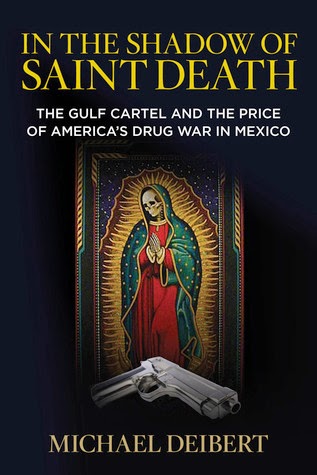Earlier this month, the Organization of American States (OAS) sent an "observer mission" to the Dominican Republic to look into that country’s "Haitian problem" (though if we are honest, we should call it the country’s "race" problem or better yet its "money and politics” problem). The mission was prompted, respectively, by a 2013 decision by the Dominican Republic’s Supreme Court which retroactively stripped citizenship on an ethnic and racial basis from tens of thousands of Dominican citizens of Haitian descent, seizing from them their most basic civil rights. Far from being corrected, this decision was codified by the 2014 Naturalization Law of President Danilo Medina, himself a member of the ruling Partido de la Liberación Dominicana (PLD), the political party which now enjoys a near-total monopoly on power in the country and whose links with elite Dominican business interests, who have historically benefited from access to a disempowered, disenfranchised Haitian-derived labour pool, are longstanding. Though the 2014 law ostensibly offered to “regularize” the citizenship of those who qualified (a relative handful of the Dominicans of Haitian descent), the implementation of the law was carried out in an arbitrary fashion of questionable legality that seemed to put very few indeed on the path to citizenship.
The OAS mission was led by two veteran bureaucrats, Mexico's Francisco Guerrero Aguirre and Uruguay's Gabriel Bidegain, neither of them Creole speakers (the language of the estimated 1 million plus Haitians in the country). They met with government officials and visited a single border area between Haiti and the Dominican Republic, the one at Anse-à-Pîtres. Their first observation in their public statement is that the OAS "recognized that the Dominican Republic has the right, as a sovereign country, to establish and implement its own immigration policy," a policy that apparently also leaves the Dominican Republic free to denationalize its own citizens on a racial and ethnic basis as it sees fit.
Though the OAS statement said that the body "recognizes that there are people at risk of not having any recognized nationality," the statement nowhere condemned the denationalization of Dominicans citizens of Haitian descent. The OAS findings stand in opposition to those of groups such as Human Rights Watch, which cited, with evidence and first-hand interviews, acts that it characterized as “ongoing violations of the human right to a nationality" against Dominicans of Haitian descent in the Dominican Republic, the United Nations, which cited “arbitrary deportations” of Dominicans of Haitian descent that risked violating international laws and the country’s own constitution, as well as reporting from such news outlets as Agence France-Presse and Al Jazeera.
By remaining silent in the face of the ongoing violations of the human rights of Dominicans of Haitian descent and of Haitians living in the Dominican Republic, and with their mission largely uncritically parroting the Dominican government line, the Organization of American States and Messrs Guerrero and Bidegain have failed some of the most vulnerable on the island of Hispaniola and, indeed, in the Americas as a whole, whose welfare it is their duty to protect.
The OAS mission was led by two veteran bureaucrats, Mexico's Francisco Guerrero Aguirre and Uruguay's Gabriel Bidegain, neither of them Creole speakers (the language of the estimated 1 million plus Haitians in the country). They met with government officials and visited a single border area between Haiti and the Dominican Republic, the one at Anse-à-Pîtres. Their first observation in their public statement is that the OAS "recognized that the Dominican Republic has the right, as a sovereign country, to establish and implement its own immigration policy," a policy that apparently also leaves the Dominican Republic free to denationalize its own citizens on a racial and ethnic basis as it sees fit.
Though the OAS statement said that the body "recognizes that there are people at risk of not having any recognized nationality," the statement nowhere condemned the denationalization of Dominicans citizens of Haitian descent. The OAS findings stand in opposition to those of groups such as Human Rights Watch, which cited, with evidence and first-hand interviews, acts that it characterized as “ongoing violations of the human right to a nationality" against Dominicans of Haitian descent in the Dominican Republic, the United Nations, which cited “arbitrary deportations” of Dominicans of Haitian descent that risked violating international laws and the country’s own constitution, as well as reporting from such news outlets as Agence France-Presse and Al Jazeera.
By remaining silent in the face of the ongoing violations of the human rights of Dominicans of Haitian descent and of Haitians living in the Dominican Republic, and with their mission largely uncritically parroting the Dominican government line, the Organization of American States and Messrs Guerrero and Bidegain have failed some of the most vulnerable on the island of Hispaniola and, indeed, in the Americas as a whole, whose welfare it is their duty to protect.




